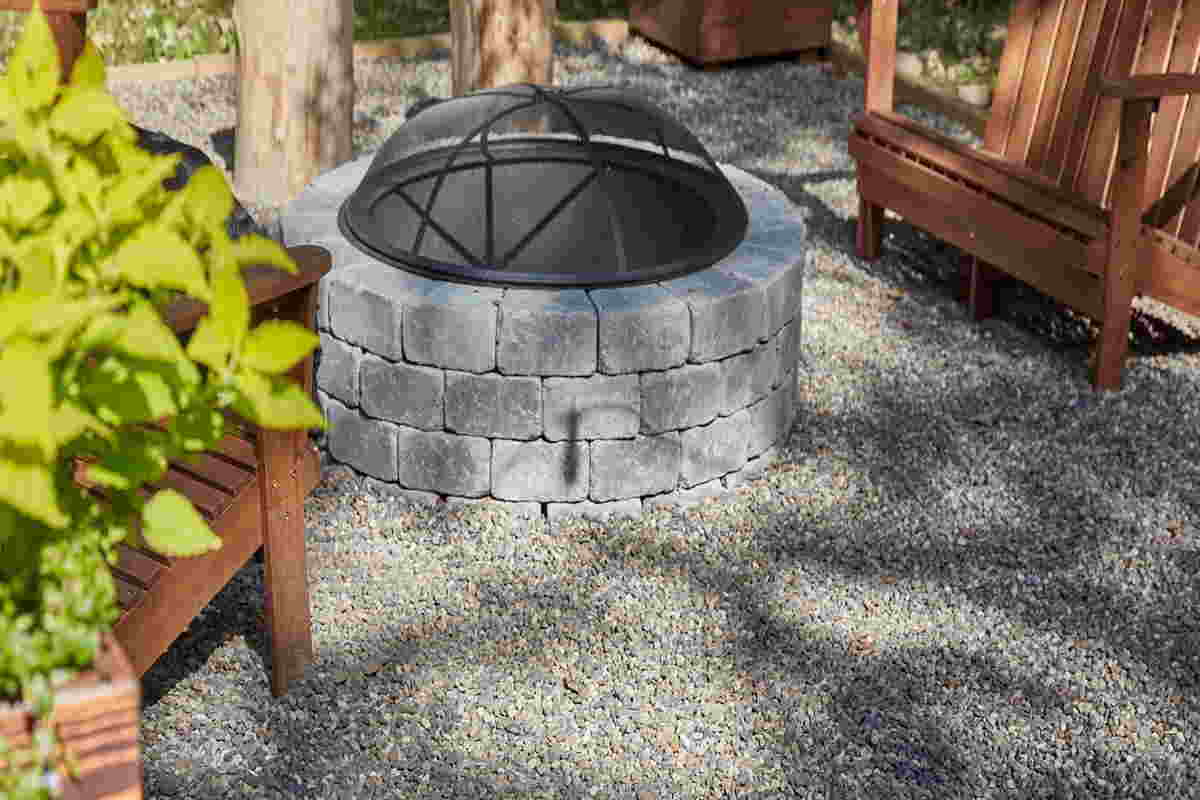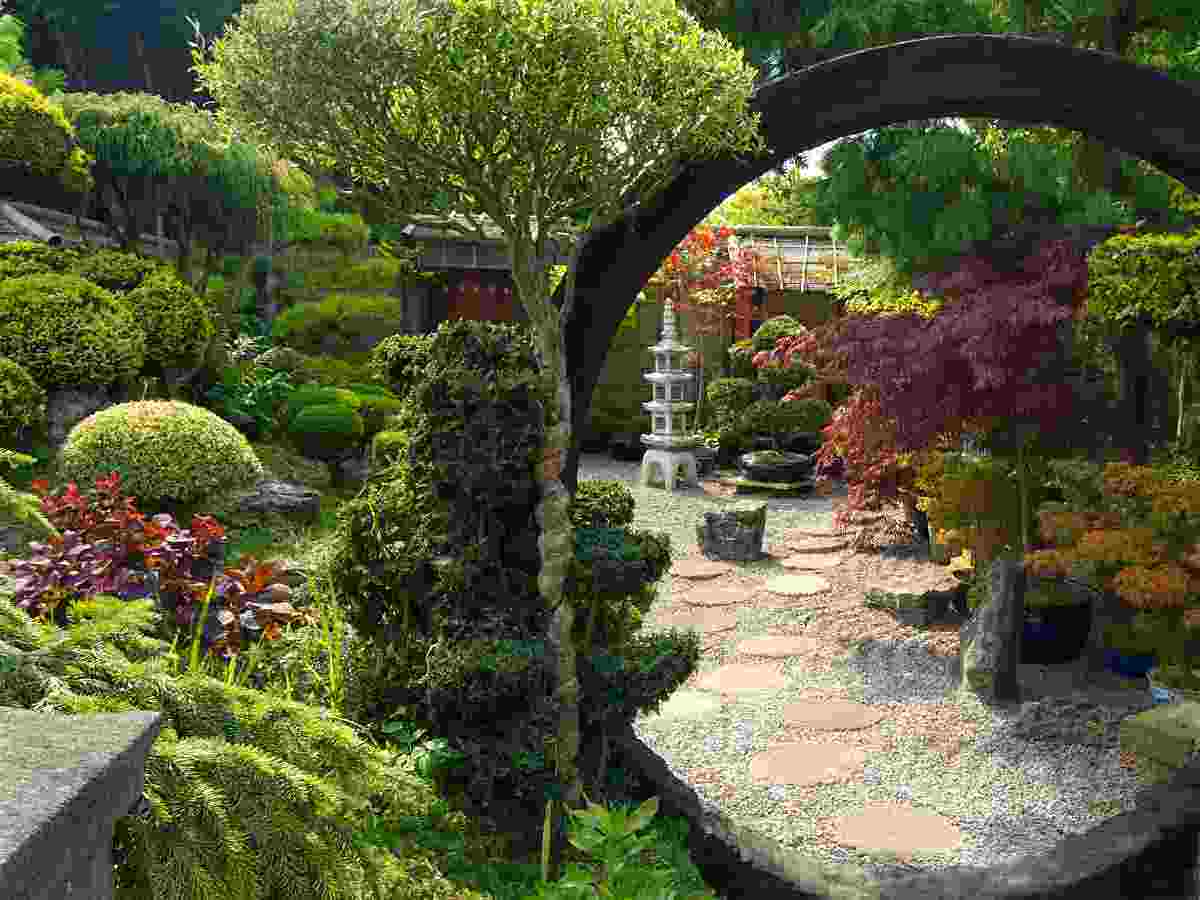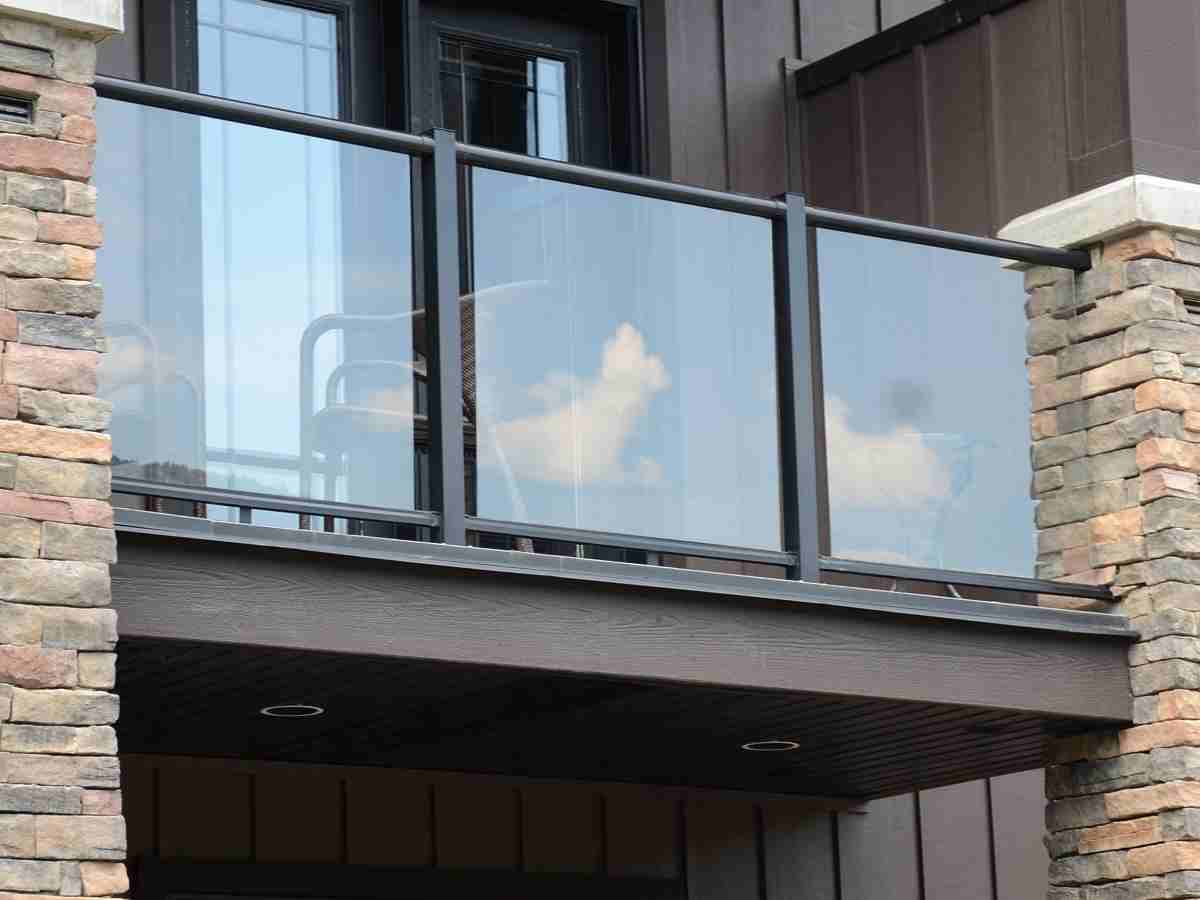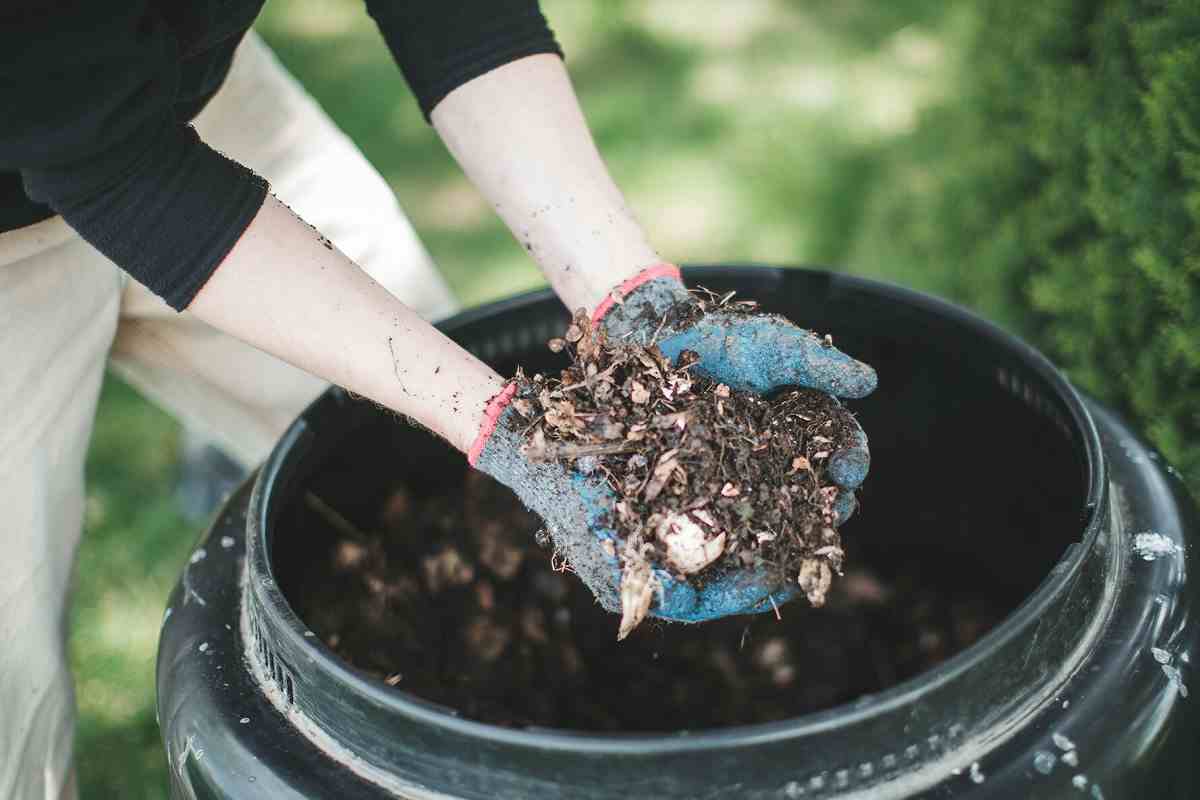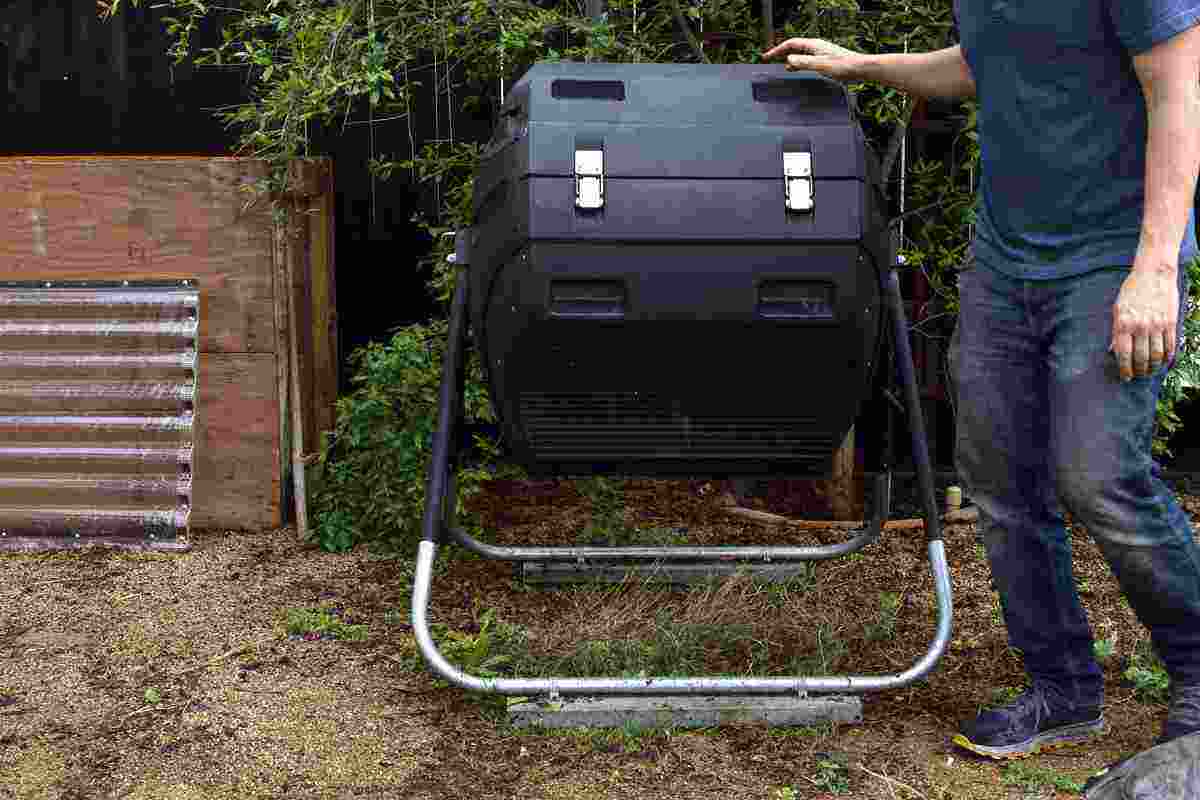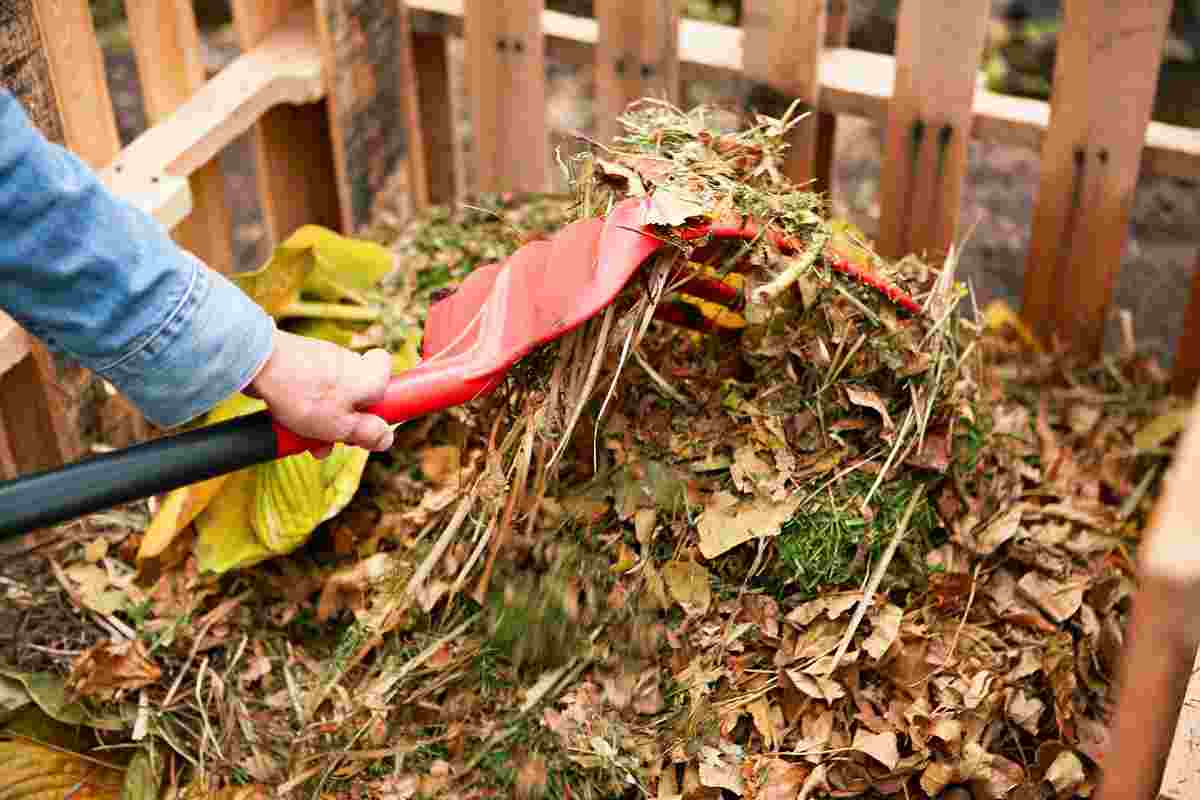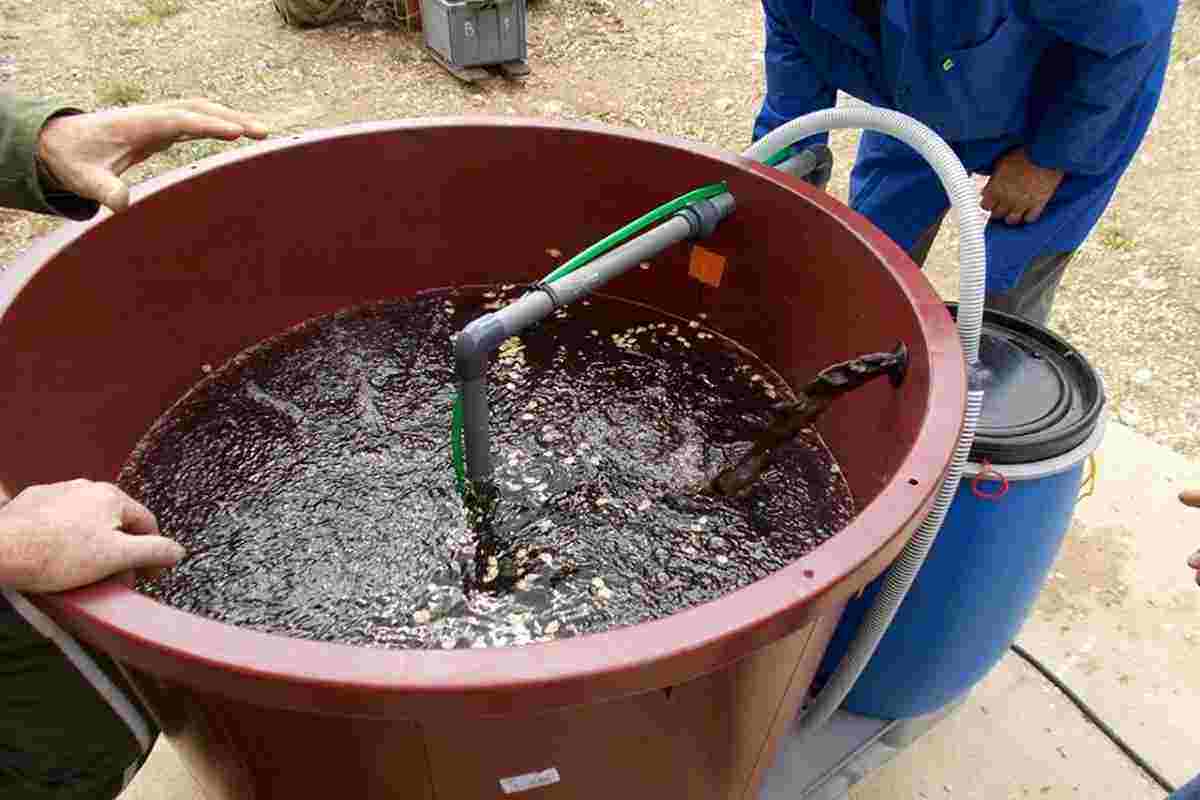I’m John from Plumb It Right, and I’ve been plumbing around Perth for almost four decades and in all those years, I’ve come to know a thing or two about the impact Perth’s water quality has on our home plumbing systems. The water has a unique blend of groundwater and desalinated water, and while it’s safe to drink, the mineral content and other elements can affect your plumbing pipes.
Understanding your water source and the quality is important as groundwater tends to be mineral-rich which contains higher levels of calcium and magnesium, that makes it what is called “hard water.” Even though desalinated water is purer, it’s usually blended with groundwater, so most homes are dealing with some level of minerals in the water.
Hard water can cause mineral buildup in your pipes, taps, and appliances, leading to problems like reduced water pressure and clogged pipes. It will also wear down appliances like dishwashers and washing machines faster than you’d expect, because the minerals accumulate over time, this buildup can narrow your pipes, restrict flow, and create extra pressure on your system. Hot water systems are particularly vulnerable because heat speeds up the mineral buildup. I’ve seen heaters clogged with calcium deposits, and this really impacts the efficiency and can even shorten the lifespan of the unit. But if you have routine maintenance regularly, flushing your water heater annually should be adequate, they will inspect and clean mineral buildup in the pipes which will extend the life of your system.
With hard water, you might notice a few tell tale signs like a white or chalky residue on your faucets and fixtures,and a gradual reduction in your water pressure and even a shorter lifespan for most of your appliances, especially ones that heat water, but catching them early can save a lot of cost and inconvenience. So wipe down your fixtures regularly it prevents any residue buildup, and I would also suggest installing water filters for extra protection.
A Water softeners system can be a good solution they work by removing the calcium and magnesium that cause hardness, because they prevent the mineral buildup in your pipes and appliances, you’ll see less scaling on taps, longer-lasting appliances, and potentially fewer maintenance calls. I’ve installed water softeners in a number of Perth homes, and customers often tell me it’s made a noticeable difference.
Our water supply contains chlorine to kill bacteria which then makes it safe to drink, however, over time, high chlorine levels can corrode pipes, and might also affect the taste and odour of your water. By installing a carbon water filter you can help reduce the chlorine levels. These filters are relatively easy to install and can be fitted on individual taps or as a whole-house solution. If you are noticing a strong chlorine taste or smell, a filter can make a big difference.
The pH level of water indicates how acidic or alkaline it is, ideally, household water should be around a neutral pH of 7. In Perth, our water is often slightly alkaline, which isn’t harmful but can contribute to scaling over time. If you notice a chalky residue or mineral buildup, high pH could be the reason using a water conditioner or softener can help manage this issue by keeping your pipes clearer.
Because hot water systems can accelerate mineral buildup, they’re often the first part of your plumbing to have issues. make sure to have annual maintenance done, which includes draining the tank to remove sediment and checking for scaling on the heating elements. I’ve had clients see better efficiency and hotter water just from a simple flush and clean. If you’re unsure how to maintain your hot water system, I’m always here to help. Regular checks will extend the lifespan and efficiency of your system.
If you’re looking to address water quality at the source, a whole-house filtration system might be worth the investment. These systems filter water before it enters your plumbing, so every tap and appliance benefits from cleaner water. It manages the hardness, chlorine, and other impurities in the water, it may be a more extensive fix, but one that often pays itself off with fewer maintenance calls and definitely improves your water quality.
Given the unique quality of Perth’s water, regular plumbing maintenance is crucial. a good maintenance check should include inspecting pipes for mineral buildup, testing water pressure, flushing water heaters, and checking for leaks.
One of the simplest steps is having good habits, like using filtered water and cleaning fixtures regularly, it can make a big difference over time. Whether it’s dealing with hard water, chlorine, or pH levels, taking preventive steps now can save you a lot of time and money down the road.
If you’re looking for advice or need help feel free to reach out to us at Plumb It Right, I would be happy to offer a free quote or help with any plumbing questions you have. When it comes to plumbing, Plumb It Right has you covered. Let’s work together to keep your home’s water flowing smoothly.










